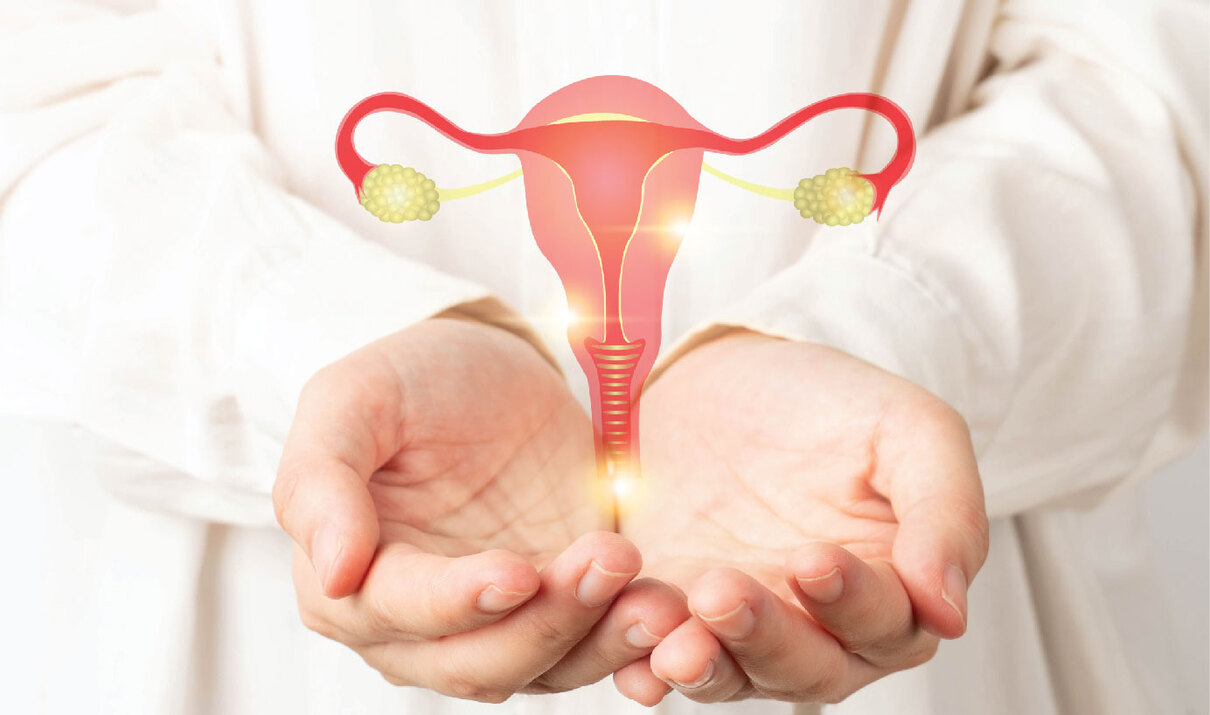Insemination Procedure: A Comprehensive Guide to Fertility Treatment
Introduction
Navigating the journey of parenthood often involves overcoming various challenges, and for some, fertility issues may be a part of that narrative.
In this article, we will delve into the insemination procedure, shedding light on what it entails, its benefits, and what individuals and couples can expect on this path to expanding their families.
Understanding Insemination
1. What Is Insemination?
Insemination, also known as artificial insemination, is a fertility treatment that involves introducing sperm into the reproductive system to facilitate fertilization. It’s a method commonly used to address infertility issues.

2. Types of Insemination
2.1 Intrauterine Insemination (IUI)
IUI involves placing sperm directly into the uterus, increasing the chances of sperm reaching and fertilizing the egg.
2.2 Intracervical Insemination (ICI)
ICI is a less invasive method, where sperm is placed near the cervix, allowing it to naturally move towards the egg.
Who Can Benefit from Insemination?
3. Couples Facing Infertility
Insemination is often recommended for couples struggling with infertility due to various reasons, including sperm-related issues or unexplained infertility.
4. Single Individuals and Same-Sex Couples
Insemination provides a viable option for single individuals and same-sex couples desiring to build a family.
The Insemination Process
5. Initial Consultation
Before the insemination procedure, a thorough consultation with a fertility specialist is crucial to assess the individual or couple’s unique situation.
6. Ovulation Tracking
Timing is critical in insemination. Ovulation tracking helps determine the most fertile window for the procedure.
7. Sperm Collection and Preparation
High-quality sperm is collected, processed, and prepared for insemination. This step ensures the best chances of successful fertilization.
8. Insemination Day
On the chosen day, the prepared sperm is introduced into the reproductive system through the selected method (IUI or ICI).
Success Rates and Considerations
9. Factors Influencing Success
Discussing factors such as age, overall health, and the cause of infertility helps set realistic expectations for the success of the insemination procedure.
10. Emotional and Physical Considerations
Couples are encouraged to address the emotional and physical aspects of insemination, understanding that the process can be both rewarding and challenging.
Costs and Insurance Coverage
11. Financial Considerations
Insemination procedures come with associated costs, and understanding these financial aspects is crucial. Some insurance plans may cover part of the expenses.
Insemination vs. Other Fertility Treatments
12. How Insemination Differs
Comparing insemination with other fertility treatments, such as in vitro fertilization (IVF), helps individuals make informed decisions based on their specific needs.
Common Myths About Insemination
13. Dispelling Misconceptions
Addressing common myths surrounding insemination helps individuals approach the procedure with accurate information and confidence.
Post-Insemination Care and Follow-up
14. The Two-Week Wait
After the insemination procedure, individuals experience the two-week wait, eagerly anticipating signs of pregnancy.
15. Follow-up Appointments
Regular follow-up appointments with the fertility specialist provide valuable insights into the success of the insemination procedure.
Conclusion
In conclusion, the insemination procedure offers hope and possibilities for individuals and couples navigating the challenges of infertility. Understanding the intricacies, success factors, and emotional considerations surrounding insemination is vital for making informed decisions on the path to parenthood.
Frequently Asked Questions (FAQs)
1. Is insemination painful?
– Insemination is generally a painless procedure, resembling a Pap smear in discomfort level.
2. How many insemination cycles are typically needed?
– The number of cycles varies, with some achieving success in the first attempt, while others may require multiple cycles.
3. Can I choose the sperm donor for insemination?
– Yes, many fertility clinics allow individuals or couples to choose a sperm donor based on specific criteria.
4. Are there any lifestyle changes recommended during insemination?
– Maintaining a healthy lifestyle, including a balanced diet and moderate exercise, can positively impact the success of insemination.
5. What if insemination is not successful?
– If insemination is unsuccessful, a fertility specialist will work with individuals or couples to explore alternative options and adjust the treatment plan accordingly.
